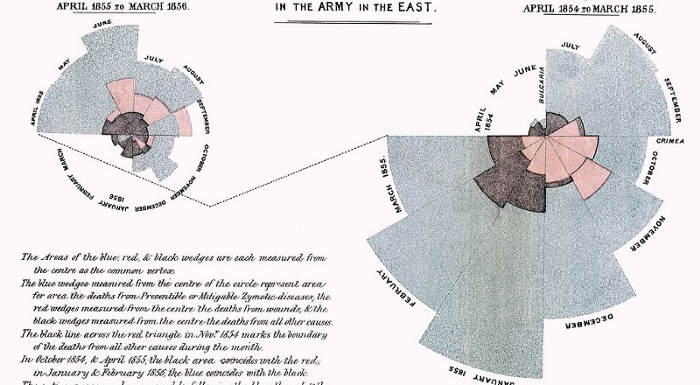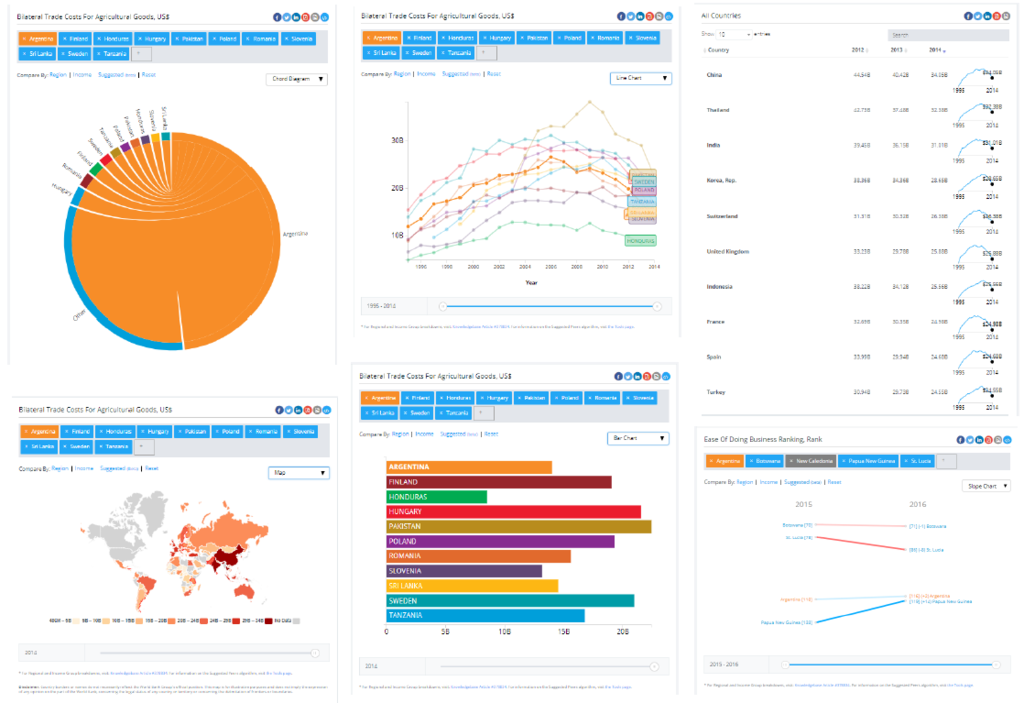
Outcomes are not always intentional. We trigger anticipated and unforeseen things with our actions. The “invisible hand” is consequential, known only through its effects. Like contagion processes, our actions are enmeshed in interrelated networks.
These are some of the metaphors discussed by Sandra González-Bailón in her research on metaphorical thinking, social processes, and communication structures. She engages head-on with the challenges and affordances of digital realities- using data to learn about or “decode” aspects of social life. “Analogies help make creative connections; but they can also draw pictures of the world that are too coarse-grained for any useful purpose.” (29, Decoding the Social World)
Models and metaphors are helpful for human cognition and communication, it seems unlikely that they can (or should) be avoided. The role of metaphors and other modes of abstraction are sorts of “black boxes” that are convenient for communication. We humans think with them, but they do shape our view of reality.
“The language of argument is not poetic, fanciful, or rhetorical; it is literal. We talk about arguments that way because we conceive of them that way — and we act according to the way we conceive of things.” (pg. 5, Lakoff & Johnson’s Metaphors We Live By)
Perhaps other metaphors might be more productive — other models may work better than their forerunners. Metaphors are embedded in the technologies we use today doing to our interactions with such tools. Granularity is one feature of research in the digital age, it allows us to go past big overarching theories and analogies, to unpack the black boxes that might otherwise be gestured towards or obscured by metaphors.
In the Decoding the Social World Video, Dr. González-Bailón asserts that metaphors have been “used and abused”. She asserts that these metaphors are a sort of intuitional paradigm that scholars are still being tested against empirical touchstones.
Data visualization and syntheses are akin to linguistic metaphors in that they are each modes of abstraction that essentialize complex experiences. The very structure of our disciplines and our own life experiences have inflected the way that we view the world or at least the aspects of the world we study. Those who regularly use spreadsheets to organize information gathered about the world might start to view a variety of situations and thinking of what would fit in related columns and rows. They might ask, what are the pieces of information that might translate to cells in the sheet?
The ways in which data are represented visually affects how people understand information and the phenomena that data purport to describe. While graphs and other types of visualizations are used to communicate empirical data — they are also snapshots that necessarily condense. They argue and summarize through visual means.
If graphs that have two axes are the known output of a field, then it is natural to think ahead about the output which ultimately structures interaction with data gathering and processing (this is not necessarily negative, but in fact is efficient use of time and energy). However, the abstracted information outputs can shape the way we understand and interact with the world. Abstracted forms of information become the arbiters of the knowable, and therefore they shape the world through shaping us.
Visualization plays a role in conceiving of phenomena. Edward Tufte is perhaps the best-known author on the topic of information design — making visualizations clear and visually appealing. It is not entirely clear how the structure of visual arguments might alter the concepts they purport to explain. Perhaps there is a place for productive dialog between these two forms of communication and thinking.
If metaphors do useful work for us, then what kinds of alternate metaphors might help to address the challenges currently faced by a variety of industries and fields today? How might we layer or productively mix metaphors or visualizations to capitalize on the useful features of abstractions while mitigating their potentially misleading aspects?
To learn more, see Dr. González-Bailón’s recent book:
González-Bailón, Sandra. Decoding the Social World: Data Science and the Unintended Consequences of Communication, edited by Paul T. Jaeger, MIT Press, 2017. https://mitpress.mit.edu/books/decoding-social-world
Check out her research group:
DiMeNet: https://dimenet.asc.upenn.edu


